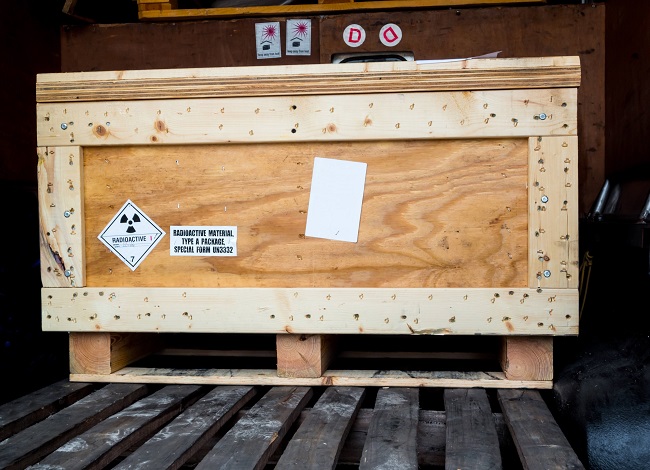What are the nine dangerous goods? What are the shipping requirements for dangerous goods?
 May 13, 2024|
May 13, 2024| View:200
View:200Sea transport is one of the most common modes of logistics transportation, but goods containing lithium batteries should be transported by container to meet the requirements of dangerous goods transport. A series of strict procedures and precautions are followed to ensure the safe transportation of goods and reduce potential risks.
What is dangerous goods by sea?
Dangerous goods in maritime transportation refer to the articles that cause danger to the ship, the cargo carried on board, the personnel on board and the Marine environment.
Dangerous Goods and toxic dangerous goods listed in the International Maritime Dangerous Goods Code (IMDG Code) formulated by the International Maritime Organization.
The rules divide dangerous goods into nine categories: 1. Explosives; 2. gas, including flammable gas, non-flammable non-toxic gas, toxic gas; 3. Flammable liquid; 4. flammable solid, flammable substances and water to release flammable gas substances; 5. Oxides and organic peroxides; 6. Toxic substances and infectious substances; 7. Radioactive substances; 8. Corrosive substances; 9. Miscellaneous dangerous substances and articles.
In addition to the dangerous goods identified by the IMDG Code, it also includes the following goods: 1. Goods that pose a danger to the vessel and other goods; 2. Goods that may be dangerous due to improper stowed goods; 3. Prohibited goods prohibited by law.

What are the basic procedures for shipping dangerous goods?
Dangerous goods booking
For the export of dangerous goods by sea, the owner generally needs to provide the following documents to the freight forwarder in advance.
1. Book by sea
2. Identification result sheet of dangerous goods packaging
3. Technical instructions for packaging dangerous goods
4. Material Safety Data Sheet(MSDS)
5. HS code
Maritime declaration of dangerous goods
All dangerous goods must be declared to the Maritime Administration before entering or leaving the country.
For maritime declaration, the original certificate of dangerous goods, the original technical specification of goods packaging, the container number, the seal number (only after the case is carried), and the declaration form of dangerous goods shall be provided in advance.
1. Identification result sheet of dangerous goods packaging
2. Technical instructions for packaging dangerous goods
Declaration of dangerous goods
Customs declaration process is all trade goods in the entry and exit to carry out, but is also a relatively easy to produce a problem of the link, the goods before shipment must confirm the good customs declaration with the name and HS code has not involved in the problem of customs supervision and involving no card, customs declaration generally in about 2 days before the ship, to provide relevant information.
1. Invoice
2. Packing list
3. Customs declaration power of attorney
4. Export declaration form
5. Fact sheet of the goods

Packing into port
There are two ways to pack:
1. The owner shall deliver the goods to the dangerous goods warehouse for packing. The owner shall deliver the goods to the dangerous goods warehouse designated by the freight forwarding company within 3 days before the ship departs.
2. When packing in the factory, the owner needs to prepare the goods in advance. After packing, the goods must be labeled with a big risk mark around the container.
After packing into the port, due to the particularity of dangerous goods, it is necessary to track each node in the cargo transportation process in real time to avoid abnormal delay of goods in each link.

 +86-21-61406313
+86-21-61406313 Login query
Login query
 Login query
Login query



